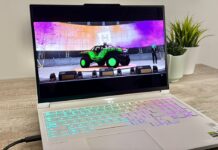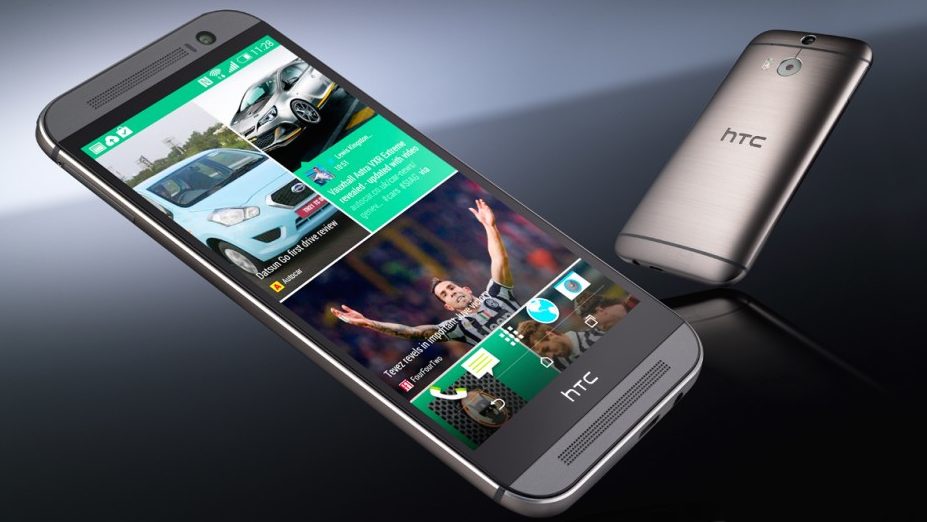
Last year, HTC had a hit with its HTC One, considered by many to be the best-looking Android smartphone ever released, not to mention a solid performer. Samsung’s Galaxy S4 ended up running away with the Android sales crown in 2013, but HTC is back this year with the One M8, a successor that’s bigger, looks even better and offers solid performance combined with an innovative new dual camera system. I just spent a few days with HTC’s new flagship and this is probably the best Android smartphone I’ve laid my hands on. And it’s coming soon to Best Buy!
Key Improvements Over the HTC One
According to HTC, there’s 20 percent more metal used in the One M8 than in last year’s HTC One. Is more metal actually an improvement? I think that when you see the One M8 in person you’ll agree —it’s a good thing. That metal case is also more rounded than last year, for a sleeker appearance and a more comfortable grip.
The display has been upgraded, gaining 1/3 of an inch from last year’s 4.7-inches. It’s no phablet, but the One M8 now has a 5-inch display, still at Full HD resolution. By keeping the resolution the same while increasing the size, that means pixel density drops a bit, but by an amount that should be virtually imperceptible to the eye.
The One M8’s main camera remains largely the same as last year’s, but gains an additional lens and sensor —a dual camera! More on that later.
Naturally, the CPU has been upgrade over the HTC One, with the latest Snapdragon 801 processor, making it the fastest smartphone HTC has ever made. The CPU upgrade doesn’t just mean faster graphics and processing performance, it provides the power needed to boost camera sensor performance an amazing 45% in support of features like rapid autofocus.
The new HTC One M8 also gains a battery boost, going from 2300mAh to 2600mAh, for an improvement over the One in battery life, despite the faster CPU and larger display.
The Unboxing
The HTC One M8 arrived in an attractive, compact box. Even the packaging has a premium look to it. Once the lid is removed, the phone itself is revealed.
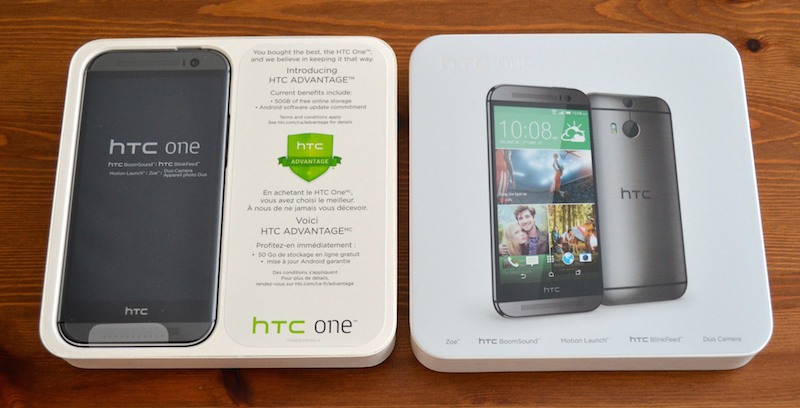
Underneath, are the extras: SIM tool, getting started instructions, recharger, USB cable and earbuds.
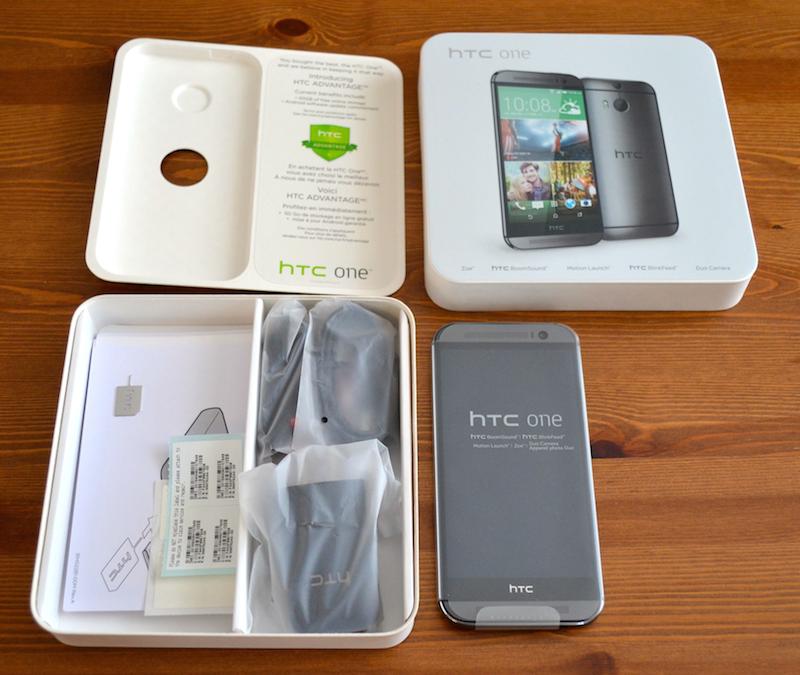
The complete HTC One M8 package.
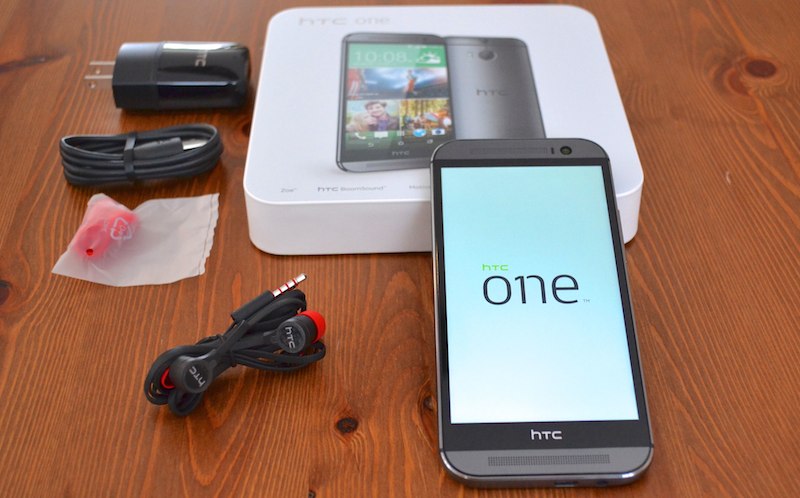
First Impressions
This thing really is a work of art. If you’re a fan of glossy, candy-coloured plastic, you’re not going to like the HTC One M8 with its sophisticated brushed aluminum cladding. You could always stick it in a protective case, but that would be a shame because the One M8 really is a beautiful looking device.
The phone arrived pre-charged and booted up quickly to reveal a big, bright display. It’s not quite as big as some of the latest Android phones, but at 5-inches with a density of 441ppi, it seems just about right to me. That display leaves only a narrow glass bezel at the sides and just enough metal on the top and bottom to accommodate the dual front-facing speakers (which really pump out the sound, by the way). The net effect is a smartphone that feels big in terms of screen real estate, yet still fits nicely in one hand.
The One M8 was running Android 4.4.2 (KitKat) with the latest version of HTC’s Sense UI and the home screen features HTC’s new BlinkFeed —a personalized home screen with custom content that’s constantly refreshed. It was intuitive to use, offers all the advantages of the latest Android operating system and BlinkFeed makes for an attractive and useful homes screen, whether you choose to populate it with news feeds or social media updates.
Performance was speedy, with no lag whatsoever and that display is big and sharp enough to be useful for web browsing.
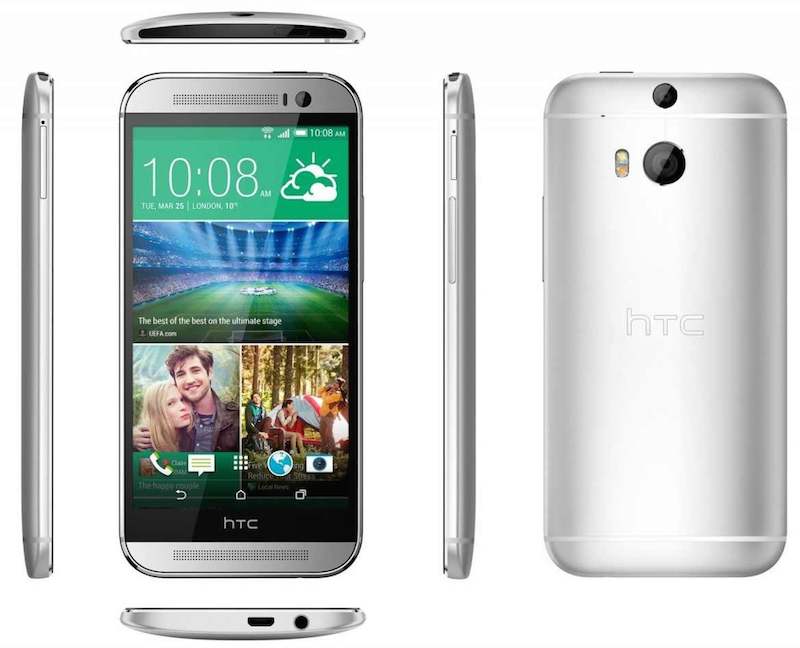 Specifications
Specifications
- 5-inch LCD display at 1920 x 1080 resolution (441 ppi) with Gorilla Glass 3
- Quad-core Snapdragon 801 CPU @ 2.3GHz
- 2 GB RAM
- 16/32GB built-in storage, plus microSD expansion slot up to 128GB
- Dual 4.0 MP “Ultrapixel” rear cameras with dual LED flash, 5MP front camera
- 802.11a/b/g/n/ac Wi-Fi
- Bluetooth 4.0, NFC, IR, microUSB
- Stereo BoomSound amplified speakers
- 2600mAh battery (non-removable)
- Android 4.4.2 (KitKat) and HTC Sense UI version 6
- 14.6 x 7.1 x 0.94cm, 160g
- Available in Metal Grey, Arctic Silver and Amber Gold (review unit is Metal Grey)
The Camera
As with last year’s One, HTC is taking a different approach than most smartphone manufacturers by staying out of the “megapixel race.” Instead, like the HTC One, the One M8 uses “ultrapixels” which sacrifices some of the detail a mega-pixel shooter will capture when images are blown up for better low light performance. That’s typically a sore point for smartphone cameras, so if you take a lot of indoor shots, the HTC One M8 was designed to perform better in this situation (there are also dual LED flashes to help out when it’s too dark).
Since the camera and its low light performance are a big selling point with this smartphone, I wanted to give it a tough test. I chose taking a picture of one of our dogs —almost all black— indoors, with the curtains drawn and sun glowing through the curtains as the only light source. No flash.
The photos shown are not altered in any way, other than to be cropped.
Here’s how the HTC One M8 did on first try. It captured details nicely when contrasted against the wood floor (look at the paw). The colour is a little under-saturated and much of the fur detail and the dog’s face are washed out. Okay, but not great.

I tried it a second time with HDR on. There is a bit of a purple oily sheen added to the coat, but the detail is excellent this time.

For comparison, here’s the same shot (Ellie doesn’t move much when she’s in afternoon nap mode) taken with a DSLR.

The colour reproduction is much more accurate, and Ellie’s coat loses the oil slick look with the camera, but as a snapshot, the HTC One M8 holds its own against the more expensive camera quite nicely —at least in HDR mode.
I tried the shot again with an iPhone 4S (8MP camera).

The iPhone’s camera picked out more detail than the HTC One M8 at default settings, but the edges are softer, there’s some granularity from the low light and the black fur isn’t as vivid.
Finally, a cropped zoom of the HTC One M8 HDR shot.

It starts to get soft on detail, but little pixelation.
Overall, the camera does a good job —despite that low comparative pixel count— but it also does a lot more, thanks to that second rear-facing camera I mentioned earlier. The second image sensor is dedicated to capturing depth-related information. The value pays off once you’ve snapped the shot. You can cursor around anywhere within the photo and the image is almost instantly refocused on the spot you select. This is a very cool trick.
The changes are not permanent, either. You can switch focus at will and then play around with tools like Zoom Blur (blurs everything around the focused area in a DSLR-like effect) or Dimension Plus for a simulated 3D effect.
There are tons of other camera apps and capabilities to play with and I suspect that for the average user who’s snapping photos at events where lighting may not be ideal, the HTC One M8 will serve them well. That’s not to say it’s not decent with outdoor shots, but that resolution tradeoff comes into play more if you’re shooting a scene and try to zoom and crop to a particular feature afterward.
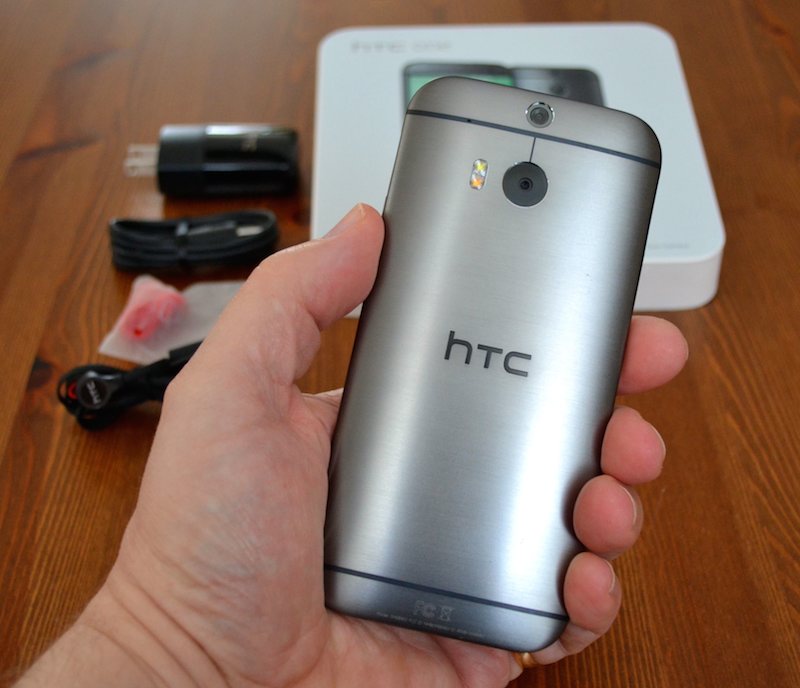
Worthy of the “Flagship Title”
While there are hundreds of smartphone options out there in all camps —Android, Windows Phone, iOS and BlackBerry— the list of these devices that have the power, design quality and features to be classed as flagship models is much more exclusive.
After putting it through its paces, I would say without hesitation that the HTC One M8 not only deserves to be on that list, but it should be right near the top. We’ll have to wait for the Samsung Galaxy S5 to be released before having a better idea of how the 2014 edition of One vs. Galaxy will turn out, but with the One M8, HTC is looking good.
You can find the HTC One M8 at Best Buy



